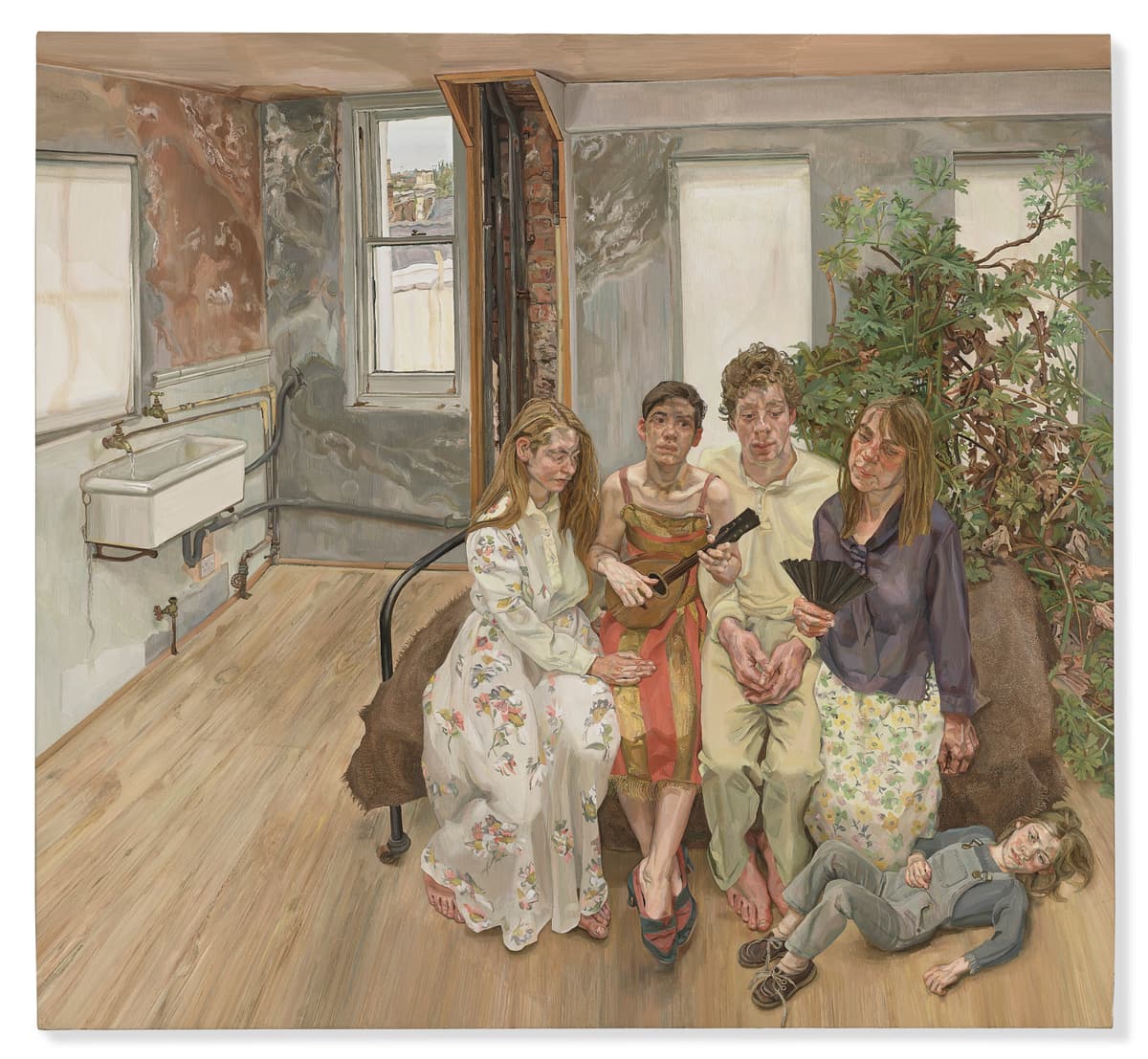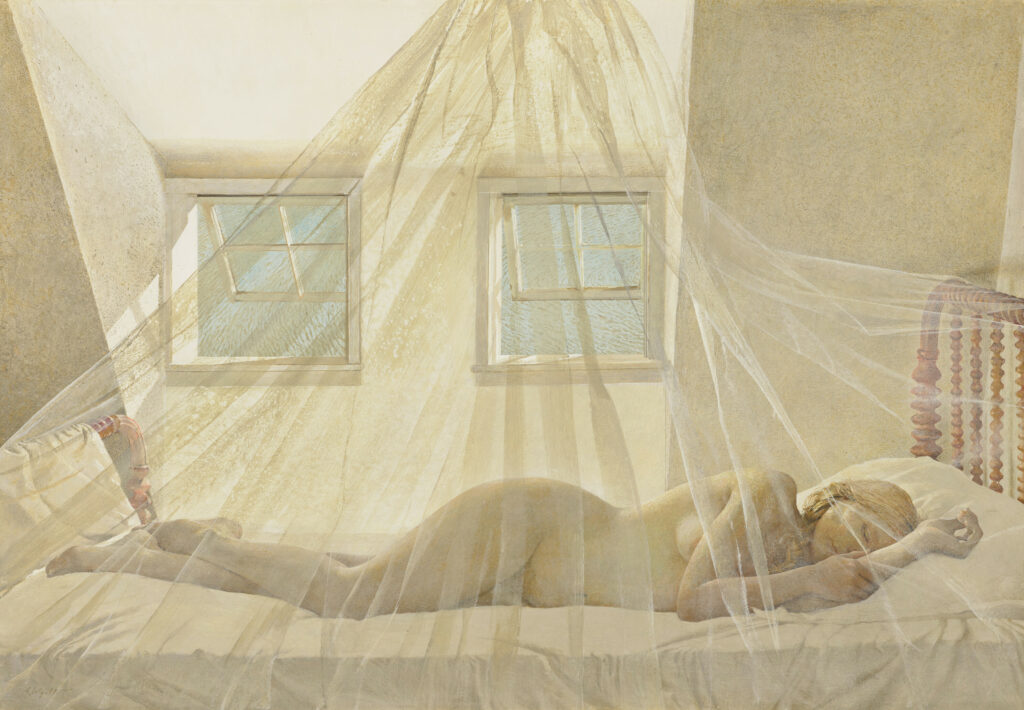Art Collection That Microsoft Made Hits Auction Block
Christie’s hosts a billion-dollar sale of art history’s greatest hits.

The art collection that Microsoft made will hit the auction block at Christie’s on Wednesday and Thursday, and it’s a doozy. The armada of masterpieces, labeled “Visionary,” once belonged to Paul Allen. He and childhood friend Bill Gates would go into business and become modern day Midases, and with the riches that flowed from Microsoft’s ubiquitous software, Allen became a philanthropist and a collector of yachts, sports franchises, and art.
Christie’s is confident that “Visionary” will raise more than $1 billion at auction this week. With more than 150 works that run from the Renaissance to the present, the collection is art history brought to life. It features a Sandro Botticcelli, a Claude Monet, two Vincent Van Goghs, four Alexander Calders, five Pablo Picassos, six Jasper Johns, and much else besides: Jan Brueghel the Younger, J.M.W. Turner, Edouard Manet, and Paul Gauguin.
The collection also encompasses Gustav Klimt, Georgia O’Keeffe, Francis Bacon, Lucian Freud, Agnes Martin, and Paul Klee. The assemblage took Allen 26 years to gather, and the proceeds from its dispersal will go to philanthropic causes. A work by Paul Cezanne, “La Montagne Sainte-Victoire,” a vision of a mountain overlooking Aix-en-Provence that was one of his great motifs, carries a presale estimate of $120 million.
Van Gogh’s “Verger avec cyprès” is a blizzard of pale greens and pinks, as if Arles had been put through a bespoke kaleidoscope. It will also fetch an avalanche of cash, with estimates north of $100 million. “Three Studies for Self-Portrait,” by Francis Bacon, is a triptych that presents the English painter against a fiery red background. It is a vision of physiognomy stylized and undone. If you get it for $25 million, you’ll have secured a bargain.
An entire room is devoted to a series titled “Five Senses,” by Brueghel the Younger. These are dense, busy pictures, foregrounds and backgrounds crowded by details and wonders, allegories that come alive because they are textured with the minutiae of the real. They are confident that painting can reproduce life, not just merely describe it. Very different is the cool, evacuated geometry of Agnes Martin’s “Untitled.”
Crowds gathered in front of Andrew Wyeth’s “Day Dream,” a luminous depiction of a woman sleeping in bed behind a translucent curtain, windows propped open onto blue skies. The undulations of her body comprise their own kind of landscape. The bareness of the room and her person feel less stark for the painting’s suffused light, which swaddle the erotic in a climate that feels like its own kind of caretaking.

“Birch Forest,” by Gustav Klimt, is an invitation into an enchanted terrain, a hallucination of verdant greens and autumnal brown stretching back into someplace primeval that looks like both the world’s womb and what will remain after all humanity’s work has passed from the earth. A different kind of eternity shines in the Botticelli, “Madonna the Magnificant,” a work of shimmering faith that confidently sings in bright blues and reds.
“Paint Cans,” by Wayne Thiebaud, is immediately appealing, both self-referentially playful and viscerally realistic, as if the painting painted itself. “Stimulation objective,” by Rene Magritte, pushes the viewer up to a window’s ledge, and unspools an endless blue sea that pops against the green apple and brown jug in the foreground. There are ghostly photographs from Man Ray, and Calder’s spidery mobiles, rotating and grasping.
Those looking for contrast will find it in Turner’s “Depositing of John Bellini’s Three Pictures in La Chiesa Redentore, Venice,” a glorious haze of sea and ships presided over by an azure sky, and Wassily Kandinsky’s “Tiefes Braun,” an acid-trip of bright rectangles, lines jumbled together in a geometric riot. Painted in 1924, it holds the faith of an inter-war zaniness that was stomped out by Adolf Hitler and Joseph Stalin.
Collectors clustered in front of “Large Interior W11 (after Watteau),” by Lucian Freud. The work shows the painter’s family uneasily seated in his studio, each of their faces hauntingly particular. Freud, the grandson of the inventor of psychoanalysis, captures the throbbing unease below the surface. As Leo Tolstoy wrote, “every unhappy family is unhappy in its own way.” The estimate is available only upon request.

